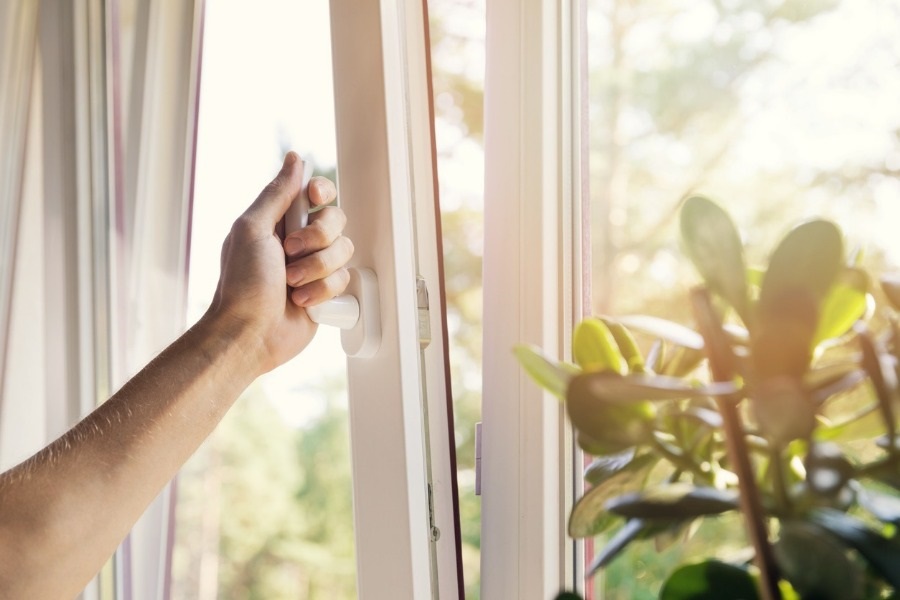Since we spend a long time in our homes, indoor pollution can impact our lives negatively. Small dirt, gases, pollen, hair, and chemicals inside the house contaminate the environment we breathe in. Then we notice many signs such as dry air, dry skin, unpleasant odor, coughing, nausea, etc. The health issues may get serious if we don’t take action immediately. Without further delay, let’s see how we can improve indoor air quality in simple steps.
Cut Down on Impurities
First, you need to identify the sources of pollutants, including radon, smoke, fumes, allergen, toxic substances, etc. Drapes, carpets, rugs, and mattresses tend to hold tons of particles that eventually fly around the whole apartment. The same thing happens when you forget to vacuum or mop the tiles because of your busy lifestyle. Hence, keep the floor, furniture, decorations, and other items clean as much as possible. Avoid smoking inside your home and quit the habit if possible.
Take Care of HVAC Systems
Heating, air-conditioning, and ventilation appliances usually come with filters, fins, and coils that become dirty after a certain period. Such machines need high operating power, resulting in a huge spike in our utility costs. So, don’t forget to clean and change clogged parts as per the manufacturer’s suggestion. There are lots of renowned HVAC companies in Texas and other states who supply those extra mechanical parts. Moreover, perform a routine checkup to detect internal issues.
Maintain Proper Air Circulation
an easy and cost-effective way to get fresh air is by opening the vents, doors, and windows if it’s safe. Dusty air, carbon dioxide, and other gases get replaced by clean air and oxygen. This way, our home atmosphere becomes so refreshing instantly. It also brings warmth and light, so you’ll save some bucks on lighting and central heating. Besides, you must install large vents, windows, and exhaust fans in the kitchen, bathroom, and chemical cleaning rooms.
Invest in an Air Purifier
Air purifiers are an incredible tool for eliminating VOCs, pet danders, furs, fumes, mold spores, and pollens from indoor air. They can also remove asbestos particles, radioactive elements, and hazardous gases from spray paint, upholstered furniture, etc. Models with HEPA filters can detect bacteria, but their activated carbon counterparts don’t have this feature. But all purifiers can help to neutralize unpleasant smells. As you can assume, it’s a must-have item for pet lovers and asthma patients.
Minimize the Use of Cleaning Products
Glass cleaners, bleaching agents, hair sprays, harsh cleaners, and air fresheners are found in almost every home. They are effective, convenient, and easily available in shops. But are you aware of the opposite sides? These products include harmful components that cause cancer, respiratory diseases, itching, asthma attacks, etc. Even a slight exposure to these ingredients can be responsible for numerous health hazards. Therefore, try to limit their usage and replace them with safer substitutes.
Test the Air
Routine testing is helpful to understand the conditions of indoor air and what preventive steps you should take. Different air quality monitors are found in the market, which show humidity, temperature, VOCs, etc. These devices generally feature AQI results, indicating air pollution levels. A low AQI value means superior indoor air quality and low risks of diseases. Some kits capture the degree of only particular contaminants. If you are willing to spend more, go for professional services.



















